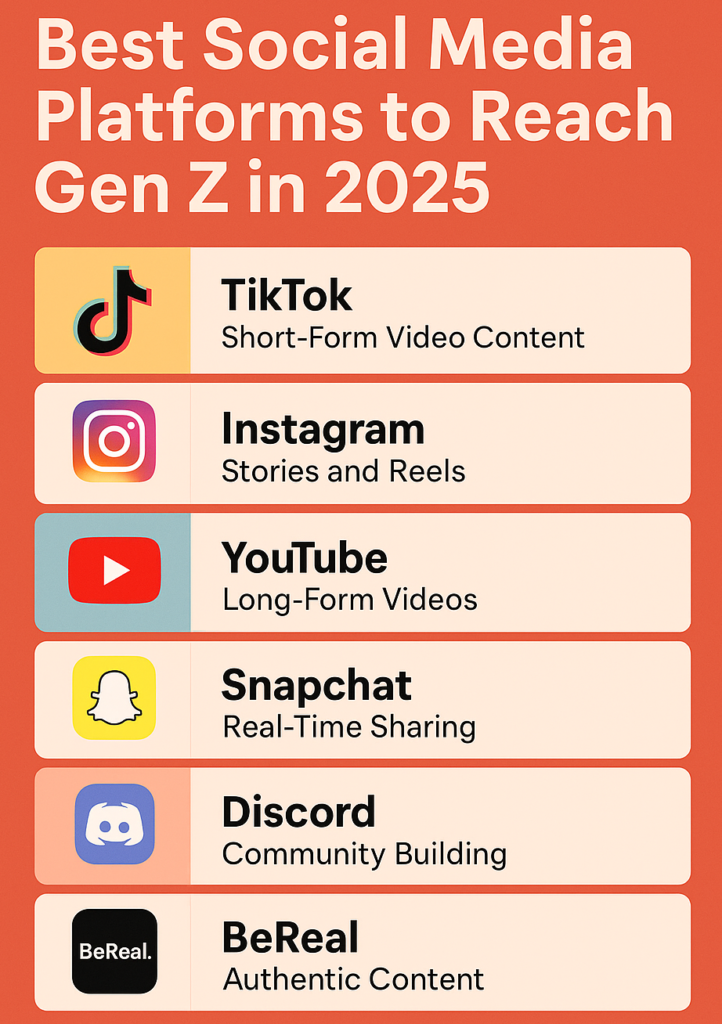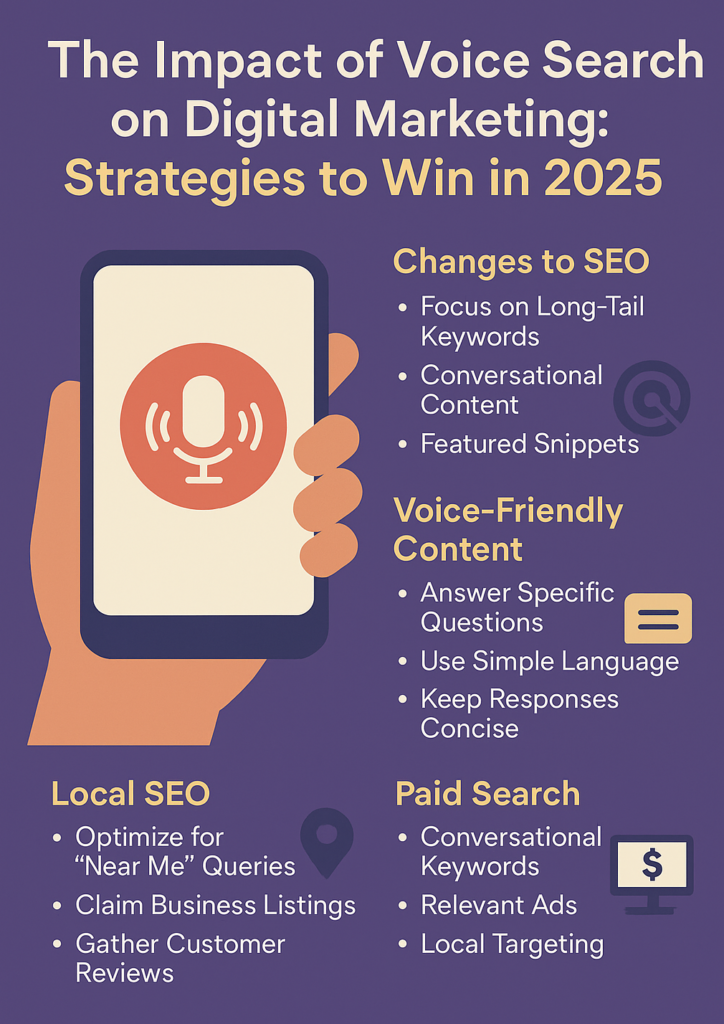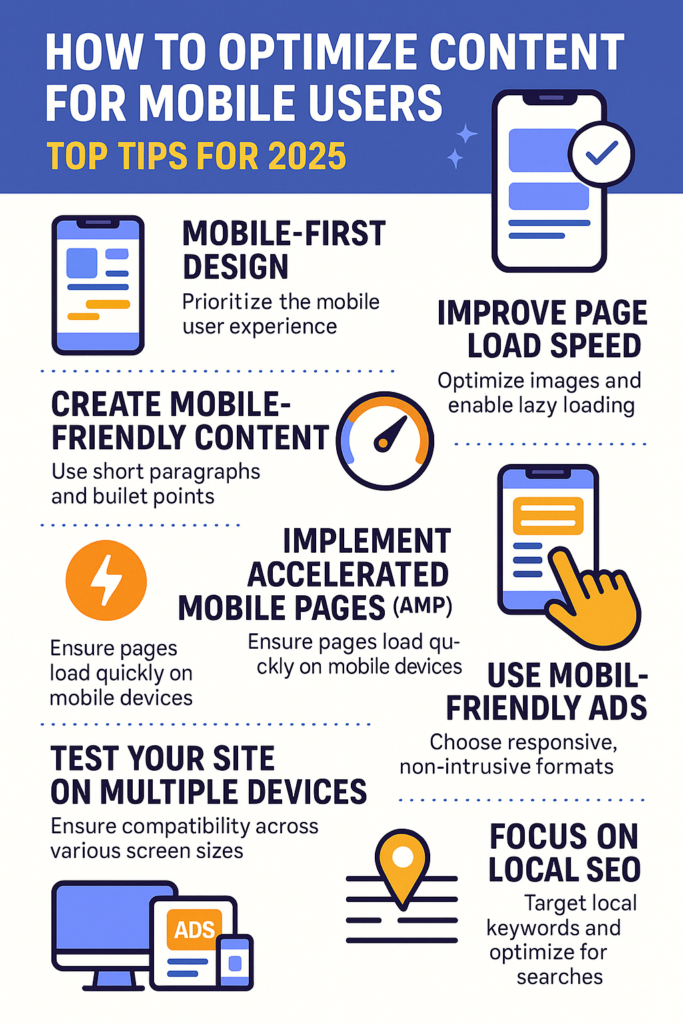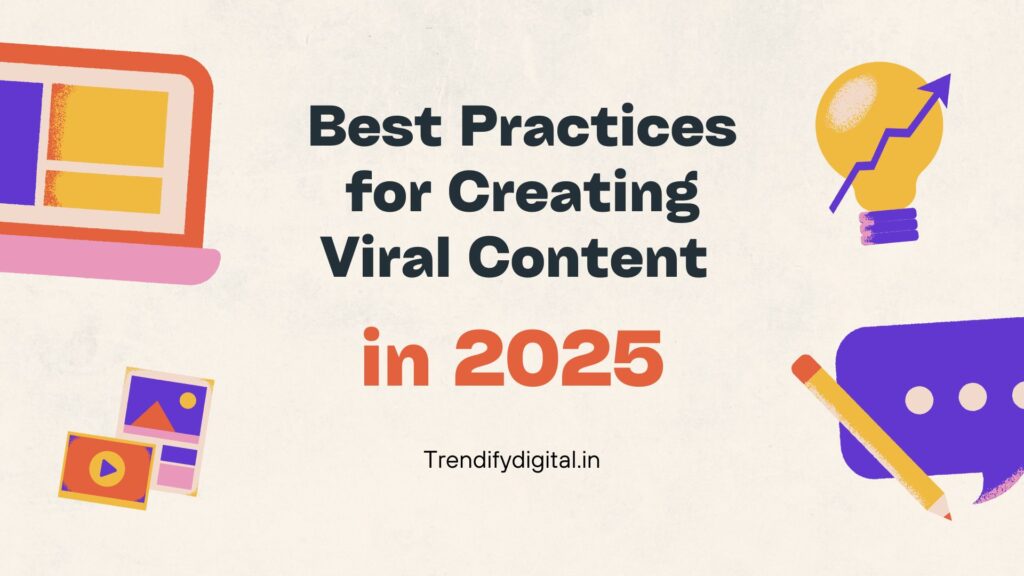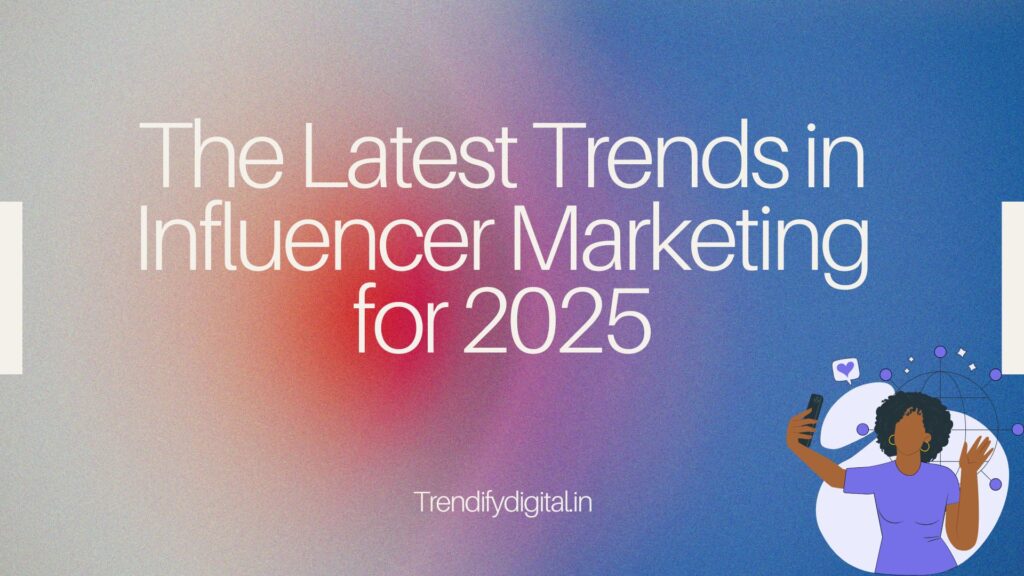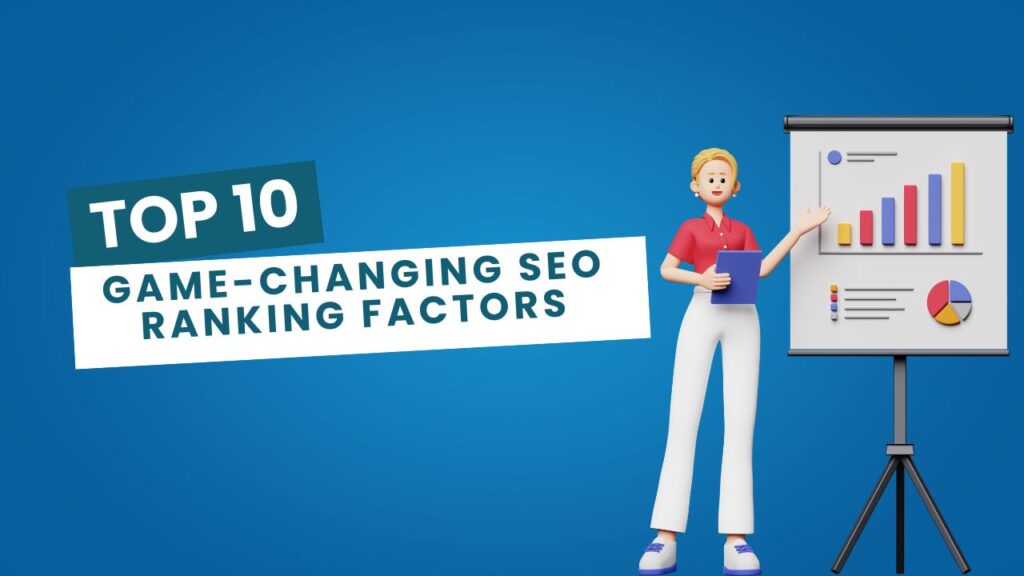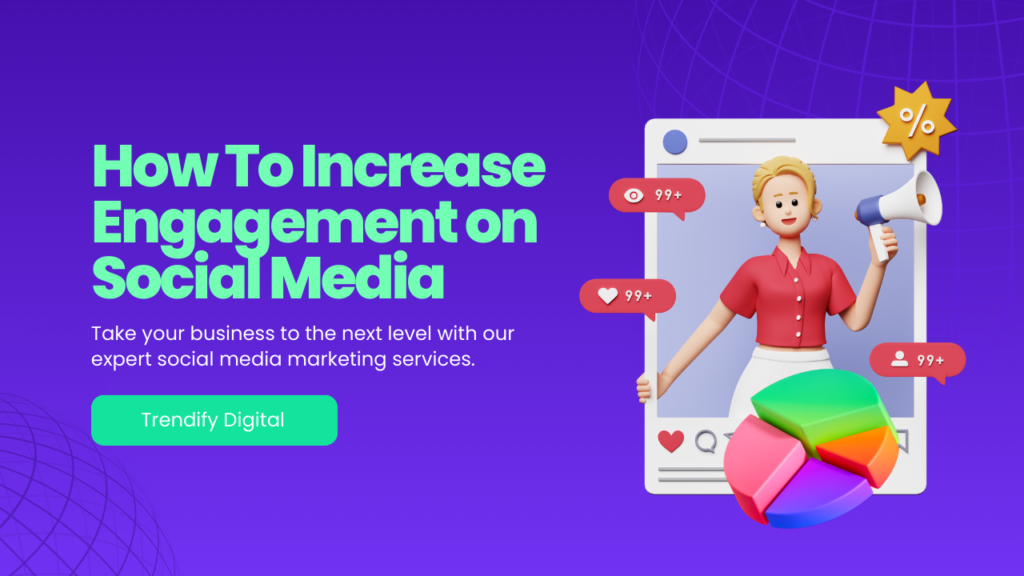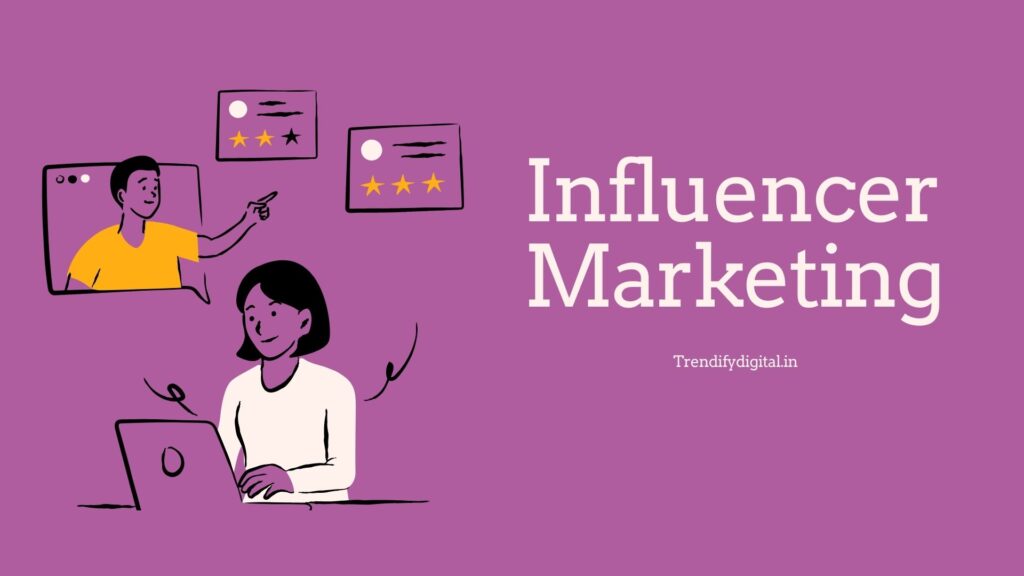Best Social Media Platforms to Reach Gen Z in 2025
Best Social Media Platforms to Reach Gen Z Gen Z — people born between 1997 and 2012 — are now the most powerful consumers online. If you want to reach Gen Z, you need to know where they spend their time. In 2025, Gen Z is shaping the future of social media trends. They want authenticity, creativity, and fast entertainment. In this blog, we’ll explore the best social media platforms to Reach Gen Z, why they love these platforms, and how your brand can connect with them. Why Understanding Gen Z Matters Gen Z grew up with smartphones, social media, and instant access to information. Their online behavior is different from Millennials and older generations. They are: Understanding where and how Gen Z engages online can help your brand build trust and loyalty. 1. TikTok — The Top Platform for Gen Z TikTok is the ultimate platform for reaching Gen Z in 2025. Short-form videos, viral challenges, and creative content make it the go-to app for young users. In India, Tiktok is banned. Why Gen Z loves TikTok: How to win on TikTok: 2. Instagram — Still Powerful Among Gen Z Instagram remains one of the favorite platforms for Gen Z. However, their focus has shifted from regular posts to Instagram Stories, Reels, and DMs (Direct Messages). Why Gen Z loves Instagram: How to use Instagram effectively: 3. YouTube — The Search Engine for Gen Z For Gen Z, YouTube is more than entertainment — it’s a place to learn, discover brands, and connect. Why Gen Z loves YouTube: How to reach Gen Z on YouTube: 4. Snapchat — Real-Time Connection Snapchat is still a strong player when it comes to Gen Z communication. It’s all about real-time, disappearing content. Why Gen Z loves Snapchat: How brands can use Snapchat: 5. Discord — The New Community Hub Discord started as a gaming platform but has grown into a community-building tool for all interests. Why Gen Z loves Discord: How brands can use Discord: 6. BeReal — Authenticity Over Perfection BeReal is a rising app among Gen Z where users post unfiltered photos once a day. It’s about showing real life, not just highlight reels. Why Gen Z loves BeReal: How brands can use BeReal: Quick Tips to Connect with Gen Z on Social Media Conclusion If your brand wants to connect with Gen Z in 2025, you need to meet them where they are. Focus on platforms like TikTok, Instagram, YouTube, Snapchat, Discord, and BeReal. Each platform has its own style, but the common rule is authenticity. Gen Z demands real, fast, and meaningful interactions. Brands that listen, adapt, and engage will build strong, lasting relationships with the most powerful generation yet. Start today — your future audience is waiting! For more such content check out more article here Trendify Digital Facebook page: Trendify Digital Instagram Page: Trendify Digital
Best Social Media Platforms to Reach Gen Z in 2025 Read More »
Social Media Marketing